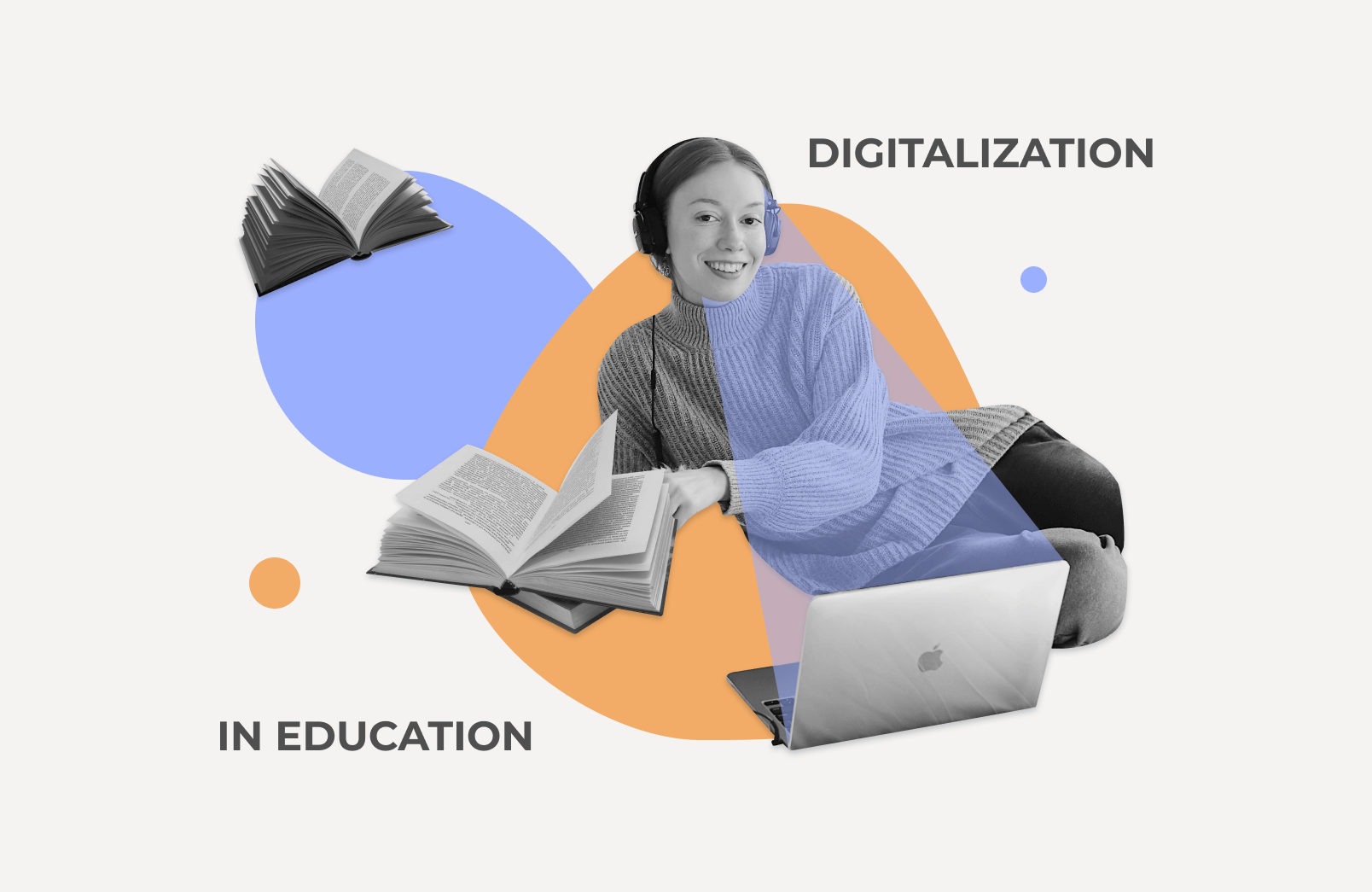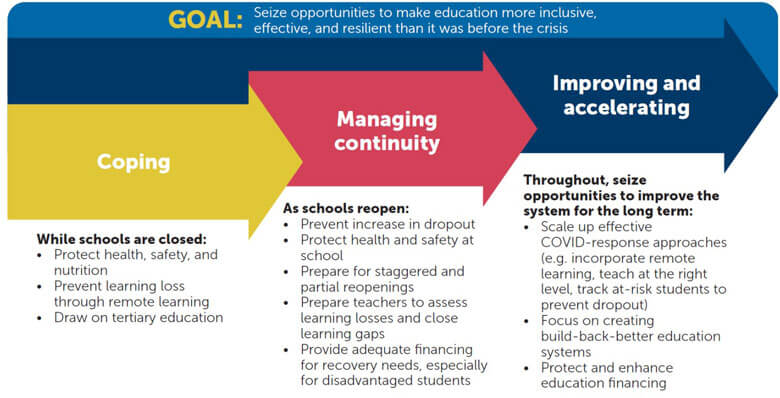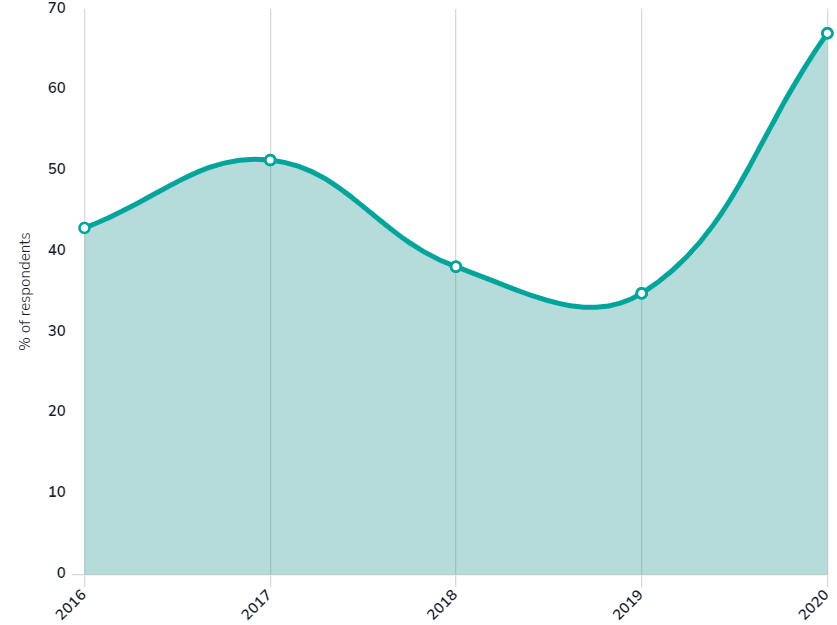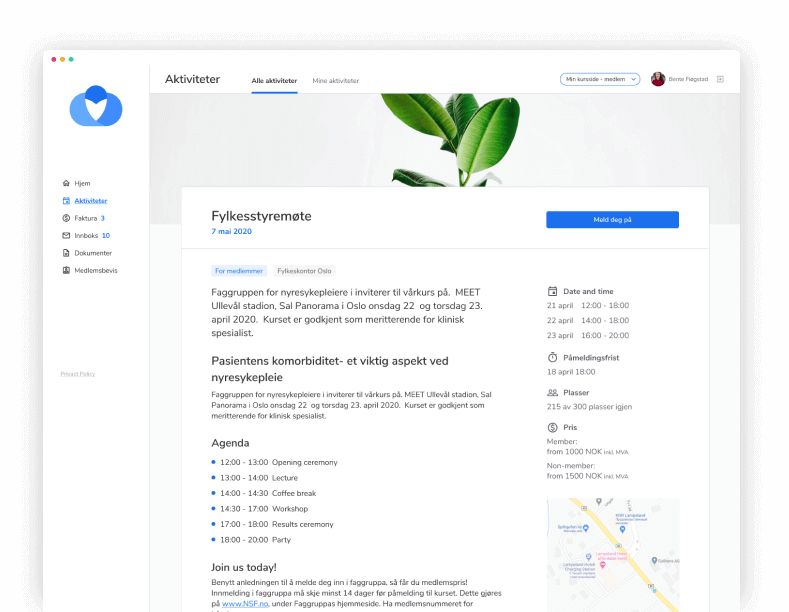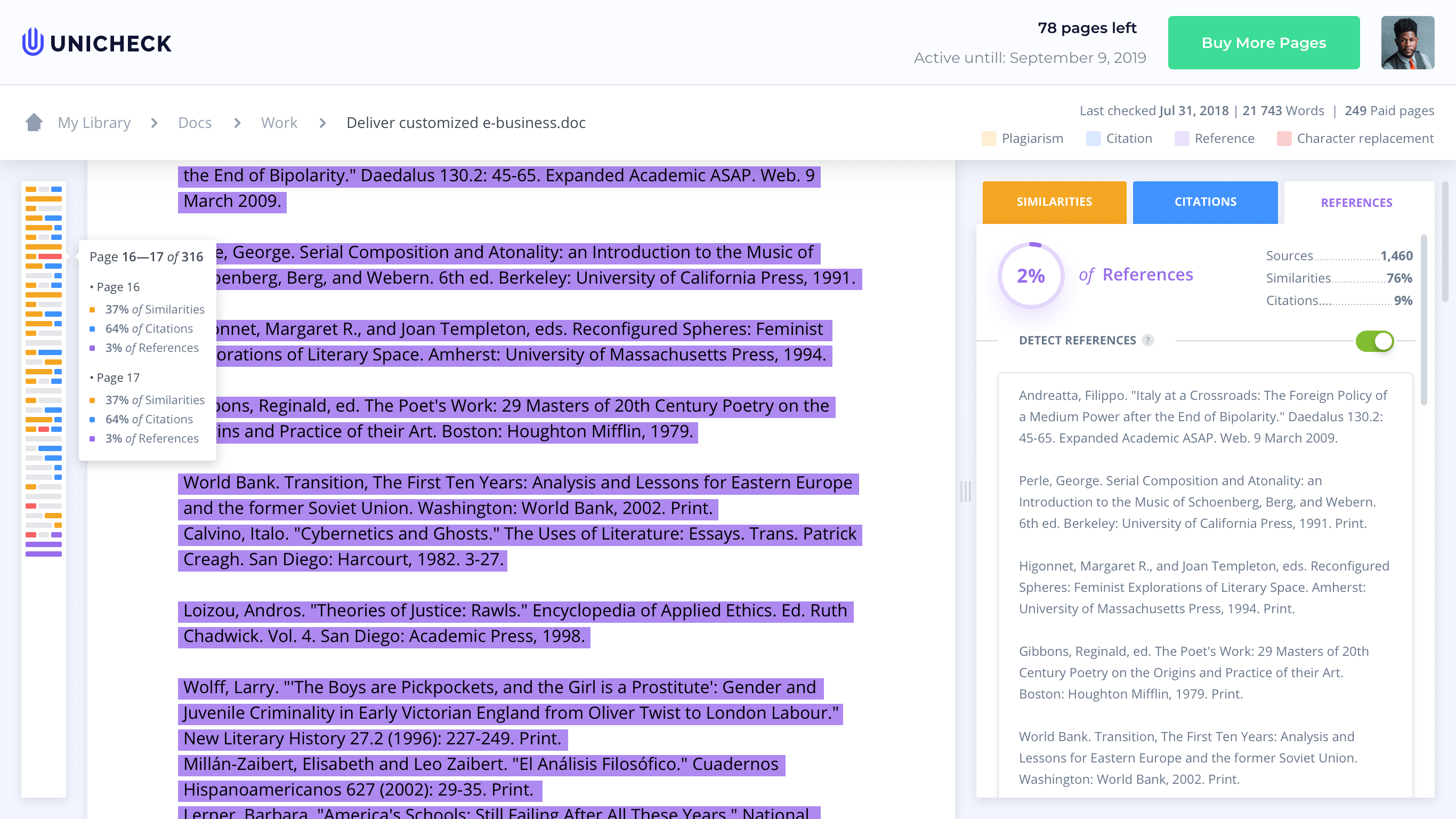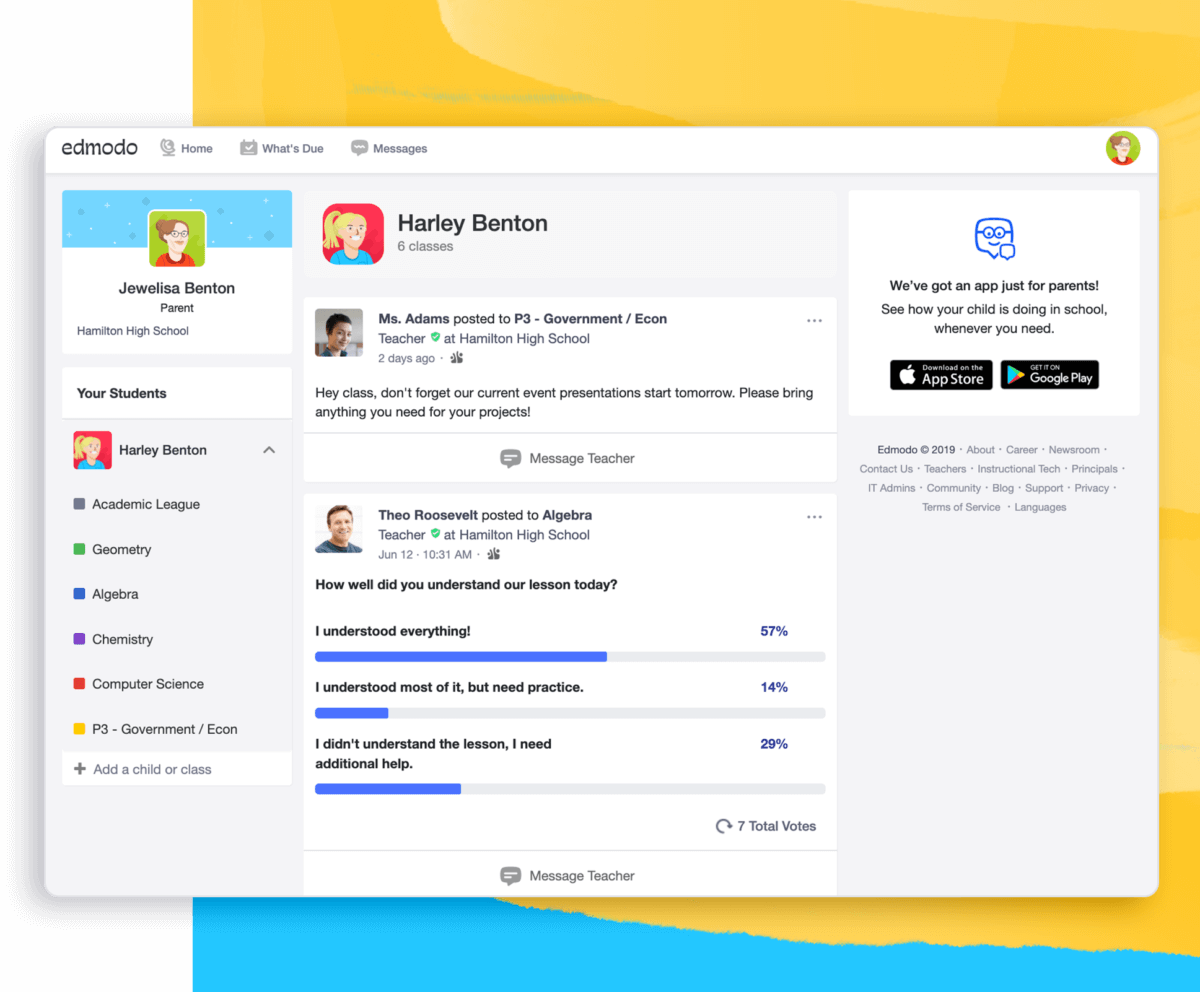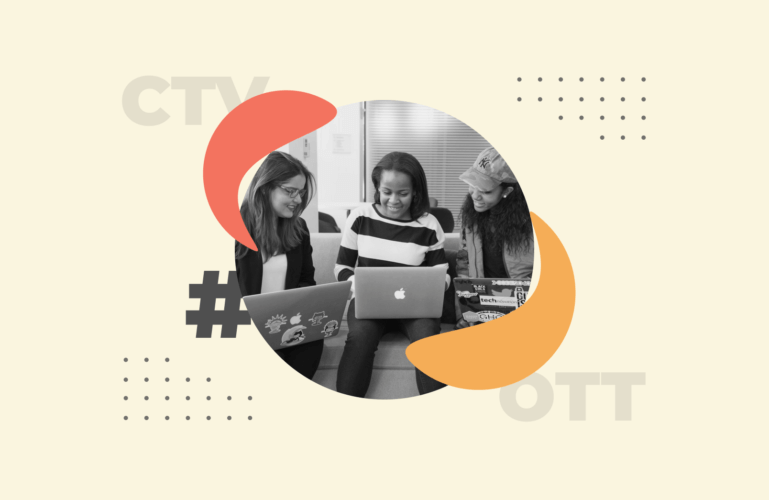The education sector is quite conservative and cannot quickly respond to changes. But the COVID-19 pandemic kick-started educators to reconsider their old ways. In 2025, this process is in full swing.
Several years ago, developing digital solutions for e-learning was mostly about streamlining the learning workflows and automating processes. Now we observe an additional focus on virtual learning, deeper personalization, better user experience, and LMS data analytics.
But how exactly does the education transformation influence the experience of everyone involved in the education process? What to expect in the near future? We believe that answering these questions is paramount when you want to improve education with digital technologies or discover opportunities for EdTech business growth. So, let’s get right on that.
How digital trends in education affect vital areas of the sphere
As far as digital transformation in education affects different areas and transforms the experience of various members of the educational process, we decided to review how digitalization affects each area separately, namely:
- running an educational business (school or university) and staff experience;
- student’s experience;
- teacher’s experience; and
- parent’s experience.
Digital transformation in running an educational business
Educational environments and policies rethinking
As we’ve already mentioned, talking about the EdTech landscape, global pandemic and post-pandemic recovery caused a growing demand for educational technology, tools, and services.
This more than ever refers to higher educational institutions – the pandemic questions the value of university education that, along with academic materials, offers networking and social possibilities. In view of this, universities must reimagine their learning environments adopting the digitalization that will widen and complement student-teacher and other relationships in order to stay relevant.
However, such fundamental changes can not happen overnight. Policies to make these changes happen can be grouped in three overlapping phases: coping, managing continuity, and improving and accelerating.
Source: The COVID-19 Pandemic: Shock to Education and Policies Responses by Word Bank
While one of the main goals of the coping phase was to prevent the learning loss by means of remote digital learning, managing continuity, and improving phases have more long-term goals. For example, policies for improvement and acceleration involve:
- Improving and scaling up effective COVID-response that includes effective uses of technology in remote-learning systems, early-warning systems to prevent dropouts, more effective pedagogy, and teaching approach, better support for parents, teachers, and students, including social-emotional support and much more.
- Creating build-back-better education systems that are characterized by adjustments to high-stakes examinations, reforming curriculum, investing in effective data systems as well as in the long-term resilience of a system, schools, and students.
- Protecting and enhancing education financing using tools available to promote learning recovery and prevent dropout rate, including block grants, cash transfers
(conditional or unconditional) to households, and school fee waivers.
Incorporating mastery-based and competency-based learning approaches
According to the McKinsey survey, the COVID-19 pandemic caused a great learning loss we still haven’t recovered from. It is a real issue that must be addressed. In light of this, mastery-based and competency-based learning approaches appear. These concepts are not new but are very promising in eliminating the gaps in student achievement.
Competency-based learning is an approach where students advance primarily based on their demonstration of what they know and can accomplish rather than just the amount of time spent on training.
This approach is very similar to mastery-based learning. The difference is that competency-based learning frequently focuses on observable abilities or ‘competencies,’ while mastery learning may be academic, focusing on concepts as well as skills. The crucial and truly transformative feature in both approaches is the same – allowing students to progress at their own pace as they master information.
Technology has made these models more effective providing a high level of personalization that is impossible to achieve in the traditional classroom. Smart adaptive-technology programs like ALEKS, DreamBox, HegartyMaths, Khan Academy tools, Up Learn and many others can combine learning, practice, and feedback allowing students to work at their own pace, progressing only when they have truly grasped the learning content.
Lesson by the DreamBox “Addition with a Compensation Strategy Using a Manipulative with Counters”
Source: dreambox.com
Investing in new models of teacher preparation and development
Hardly anyone will argue the fact that teachers who are qualified and motivated are the single most important school-based determinant of high-quality education. However, up until recently teacher preparation and development felt short.
Things are changing, however. Over the previous five years, more educators than ever before have stated that training is a top priority.
Educators consider training a top priority according to the The State of Technology in Education
The pandemic emphasized the need for more connections between teacher education and educational institutions. Just like the connections between medical schools and hospitals to apply theory in real-world practice. Advanced technologies and digitalization give an opportunity to reimagine teacher training and development more fundamentally.
For example, there are different corporate learning programs that successfully apply simulations to train employees before they interact with a client or patient. Such products also give teachers a great opportunity for practice and professional development.
Such training products are emerging on the market and provide a huge potential for investments. Take, for example, SimSchool – a virtual simulation where teachers construct knowledge through experimentation of learning situations, and acquire new skills. The solution uses the concept of simulated virtual classrooms (SVC) and applies Artificial Intelligence (AI) to simulate human behavior, cognition, and emotion. This makes it an ideal research and training environment for all stages of educator development. The company notes that using simSchool for as few as 5 hours can significantly reduce teacher bias.
Source: simschool.org
Digital transformation of the students’ experience
Higher interactivity with immersive learning environments (ILE)
Even before the pandemic closed educational institutions all over the world, virtual learning was building a name for itself as the bright new kid on the educational block. Years before COVID-19, we helped our clients develop online learning platforms to enable virtual learning from anywhere, anytime. One example is Tyoch, a custom course marketplace for selling online courses. The platform features an intuitive course builder, result assessment functionality, and a dashboard that helps students track their progress.
According to research by Stanford University and Technical University Denmark, virtual teaching methods result in a 76 % increase in learning effectiveness. This is a great improvement of students’ learning experience compared to the traditional learning approach, isn’t it?
The COVID-19 pandemic gave a huge boost to new virtual learning approaches, among which is immersive learning. So, what is it and how is it changing the student experience?
Immersive learning is a strategy that combines technology and traditional educational approaches to provide a more realistic and engaging environment for students. It doesn’t aim to replace traditional learning techniques but focuses on helping students visualize important concepts and points. Among different types of immersive learning, examples include augmented reality, virtual reality, mixed reality, simulated learning, and so on.
The most important thing that sets immersive learning apart from other learning methods is that it is highly rooted in reality. It is applied to recreate real situations and allows students to practice real-world skills in a safe environment and be more involved in the learning process because learning is blended into the situation by simulating the actual environment.
A recent study by PwC, for example, revealed that VR learners are 4 times faster to train, more emotionally connected with the content, and more confident to act on what they’ve learned compared to traditional learners.

There are different kinds of immersive learning tools gaining popularity in the education process. These tools cover a wide range of subjects – from science and technology to history, languages, maths, geography, and so on.
For example, the InMind2 app allows students to learn how human chemistry works in a fun and safe environment, Labster enables a safe environment for learning STEM subjects, offering more than 100 types of virtual labs, VirtualSpeech offers e-learning courses combined with Virtual Reality (the completion rates for these courses are, by the way, 30-40% higher than typical e-learning courses).

Source: labster.com
What’s more is that companies like ClassVR, Viarama, Unimersiv provide learning materials to schools, and assist them not just with content but also with hardware, lesson plans, and teacher training.
Immersive learning methods are in high demand for industries that imply high-risk working environments like energy, industrial, manufacturing, or construction. Besides, such industries as healthcare, retail, and others also benefit from immersive learning. For example, the University School of Medicine in Atlanta applies VR for training surgeons and the results are incredible – surgeons make 40% fewer mistakes compared to those who undergo traditional training.
Artificial intelligence for improved student performance
Today’s students, regardless of age, are extremely digital savvy, and they evaluate the influence of technology more from the consumer point of view rather than academic. Being open to using the latest technologies in the academic process, students would benefit from AI in order to improve their learning experience. This involves:
- Voice-to-text technologies help to transform the classes to notes, which is helpful not only for average students but also for students with hearing impairment.
- Text-to-voice technologies assist more effective learning for those students that perceive the audio format better or those who suffer from dyslexia.
- Chatbots are virtual teaching assistants that help students get the information needed in seconds and teachers to reduce the number of things they have to do on a daily basis. Chatbots are used for a number of purposes like answering queries students generally ask, monitoring the learning process, providing students with invidually personalized feedback and much more.
For example, a few years ago Deakin University in Australia created an AI-powered 24/7/365 advisory service for students that managed to answer over 30,000 questions during the first trimester alone.
- Personalized learning – by being fully sensitive to the learners’ needs, artificial intelligence, combined with data collection and technologies like machine learning (ML), can boost students’ engagement and results.
For example, AI algorithms can predict outcomes and give students tailored advice based on a learner’s previous performance and personal objectives. As a result, those who indicate a certain skill gap may receive personalized recommendations to improve their knowledge in a certain topic.
Digital transformation of teacher’s experience
A great shift to live streaming lessons and flexible learning
School closures provided a great boost to online courses. However, in most cases, online courses fail to meet teacher needs for flexibility as they don’t allow adjusting learning objectives and materials, adapting and combining teaching approaches. So, most teachers host their own livestreaming sessions in order to enhance students’ flexible learning. In such a way, live streaming became a new digital working environment for teachers all over the world.
These live streaming sessions are divided into two types: one-on-one calls, where the class connects directly to the speaker via a video conferencing tool, and broadcast lectures that involve multiple classes watching the lesson and interacting via live chat.
However, such a “livestreaming shift” requires the following critical components:
- stable live streaming platforms that support smooth connection and streaming features;
- selecting and adjusting teaching methodologies to the needs of home-based distance learning; and
- creating new ways to multisensory and comprehensive connections with students.
Live streaming platforms are cloud-based solutions that enable teachers to live stream, upload videos securely, manage content, and so on. Apart from well-known live streaming platforms like Microsoft Teams, Zoom, YouTube Live Streaming, and others, there are specific live streaming platforms with a wide variety of education-focused features.
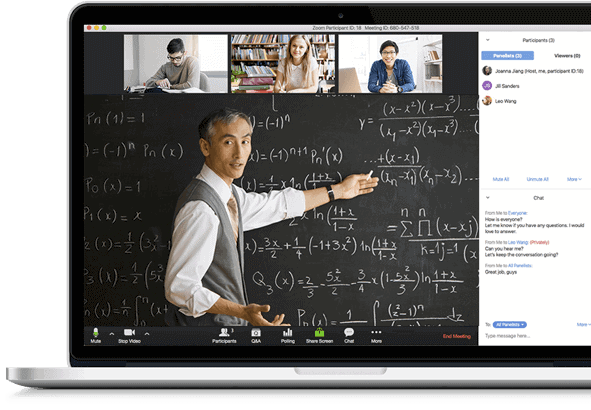
Source: dgicommunications.com
Among such features are security and privacy settings as well application programming interface (API) access that allows integrating with other platforms used in the learning process like Learning Management System or third-party solutions, streaming recording, in-build analytics, collaboration tools, customization options, and other functionalities.
Take for example Dacast, an education and e-Learning streaming solution that provides secure video hosting capabilities to livestream unlimited channels of video content, advanced video analytics to track content performance, optimize viewer experiences by means of API, and much more.

Moreover, during livestreaming classes, teachers use other tools and technologies to save energy and time. Quiz and homework correction services, for example, allow teachers to focus more on curriculum content and teaching approaches. In addition, timely discussion boards and online feedback increase learning activities, allowing for more flexible teaching and learning forms (including collaborative learning). As a result, teachers can serve both as active leaders and instructional observers in the livestreaming curriculum.
It’s important to mention that livestreaming is highly demanded in professional and corporate training. For example, one of our clients that systematically holds workshops and webinars for their workers, needed a full-featured live online learning platform to keep on training during the lockdown. So, we helped them to enrich their existing system with a live online learning functionality that allows users to organize live training sessions, webinars, and workshops.
Intelligent student assessments
Student assessment is one of the most important but time-consuming teacher activities at the same time – evaluating essays, homework, grading examinations, quizzes, and term papers takes a ton of time and effort.
Even though the assessment helps students to understand the quality of their work, it must be clear and unbiased. In addition to reviewing, it is critical to provide feedback and check for plagiarism. That is where digitalization and modern technologies like AI can help.
There are a number of online assessment tools available now to support the remote learning environment. For example, Socrative is a popular online assessment tool that allows assessing student understanding with prepared activities or from quotations to quizzes and polls, visualizing the results and even creating competitions between students.
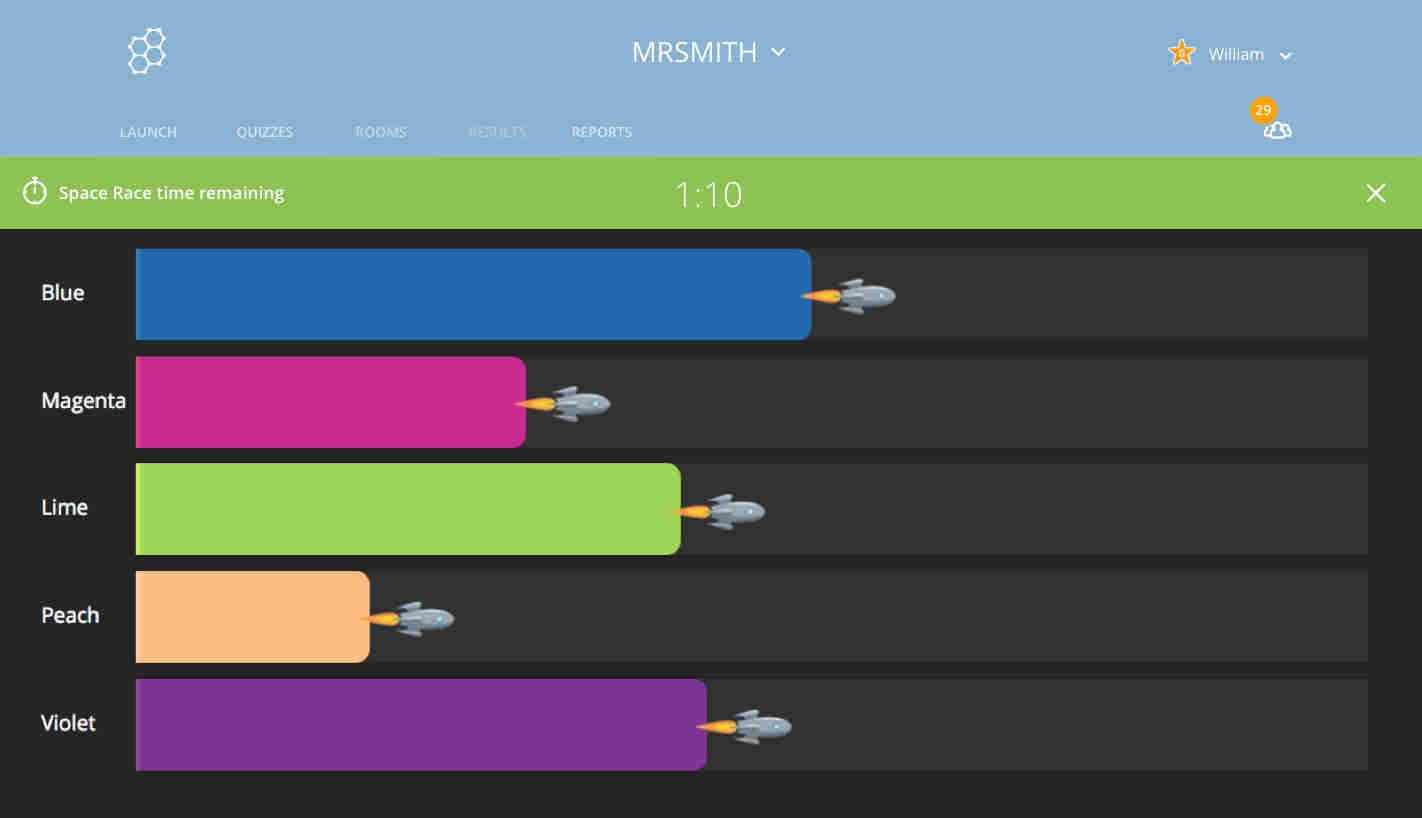
Source: socrative.com
As for AI and ML, incorporating these technologies into the assessment process not only saves a significant amount of teachers’ time but also allows paying greater attention to students, concentrating on creative projects, or enhancing the teaching approach. It also improves the effectiveness of teaching by freeing time for mentoring and engaging students.
Among the examples of AI-based assessment tools is Gradescope, an ML-assisted grading tool created by US Berkeley that allows students or instructors to scan and upload their homework or exams and receive feedback, IntelliMetric, an AI-based scoring for written assignments that provides individual feedback, Emma by Unicheck, an NLP-based cheating prevention assistant and many others.
Emma by Unicheck, an NLP-based cheating prevention assistant
Source: unicheck.com
Learning analytics
Learning analytics is one of the most important digital transformation trends in education that affects not only teachers, but students as well. The goal of learning analytics is to evaluate data from students and learning environments in order to support learning at various levels. Despite the fact that learning analytics is a relatively new trend, it has attained a high level of maturity, particularly in its applications for higher education.
For example, the Blended Learning Fellowship on Evidence-Based Teaching investigated and adapted a Learning Analytics Functional Taxonomy to assist instructors in understanding the educational benefits. According to it, the application field of learning analytics is huge, among the use cases are:
- accessing learning behavior;
- evaluating social learning;
- improving learning materials and tools;
- individualized learning;
- predicting student performance; and
- visualizing learning activities.
One of the most significant benefits of learning analytics is that it enables teachers to identify student learning outcomes and how to improve student performance throughout the educational process. Moreover, the studies show that using data from learning analytics contributes greatly to positive learning outcomes.

Learning analytics is a relatively new concept, and institutions and companies are continuously creating new technologies to collect and analyze learning environment data. Analytics can come as a standalone tool or be a part of developing your own Learning Management System (LMS). For example, a Canvas LMS has a powerful learning analytics module that provides teachers with opportunities like seeing general trends in course activity, filtering and comparing section and individual grades to class averages, providing insights and context about each student’s performance, and much more.

Source: learn.canvas.net
Digital transformation of parents’ experience
A great shift to online learning has influenced all participants of the education process and parents are no exception. Many studies have found that parental involvement in education is strongly related to student achievements. A Stanford study discovered that having parents as tutors resulted in significant and immediate improvements in children’s IQ scores.
However the overall digitalization brings certain challenges for parents. Two-thirds of parents admit that parenting today is harder than it was 20 years ago for most parents and among the top reasons is technology.
During the COVID-19 pandemic, large numbers of parents became their children’s teachers, with a better understanding of the curriculum and appreciation of what the school is doing. Parents state that they are investigating many learning alternatives for their children, including modern approaches and tools.
Some educational institutions are beginning to search ways to use technology to support parents’ engagement with their children’s school learning, such as providing online access to curriculum and revision materials designed for parents, including face-to-face courses to help parents understand how to use the technologies and resources available.
Ranvilles Infant School in Hampshire, for example, enables parents to watch their children’s progress, answer questions about their vacations, and find out about their children’s education using school message boards.
There are also learning platforms also known as virtual learning environments that have already given parents the possibility to assess children’s reports, attendance and assessment scores online. They also enable parents to view the children’s school work and help with school activities.
For instance, Edmodo, a popular learning management platform, launched an “Edmodo
for parents” app, giving parents a chance to stay closer to students’ learning situation. Parents can sign in and monitor their children’s online class from permitted accounts. Parents can see assignments and quiz scores as soon as they are graded by their child’s teacher while keeping in touch with the latter.
Edmodo for parents
Source: go.edmodo.com
Digital transformation of education with MindK
The way technology is transforming education and such a flying transition to a digital space, make us believe that the pandemic created a significant impact on the educational environment and all members of the educational process. Digitization opened new possibilities for educational institutions, students, teachers and even parents to create a more effective and interesting educational workflow.
If you are thinking digitalizing educational processes then there is no better time for that. There’s a myriad of ways to do this, including online learning, smart classrooms, student performance analysis, individualized learning experiences, online exams and so forth.
Here at MindK, we assist companies to develop e-learning platforms that help organizations build better learning environments and improve the learning experience for students. We also have great expertise in LMS development inside and out as we’ve assisted several firms in developing this type of software from the ground up. Check more about our experience, case studies and list of eLearning software development services.
